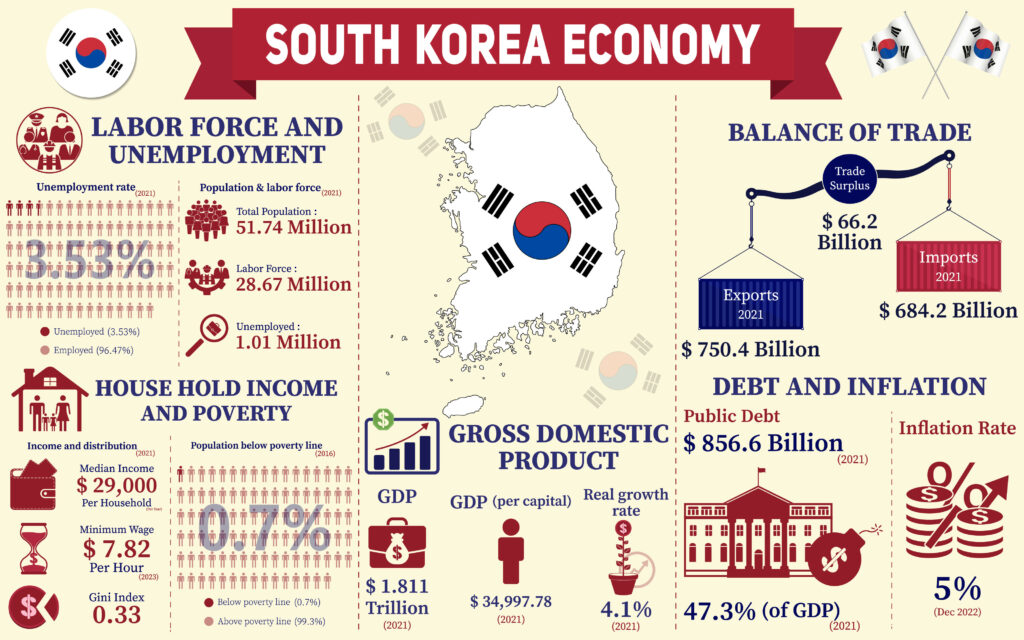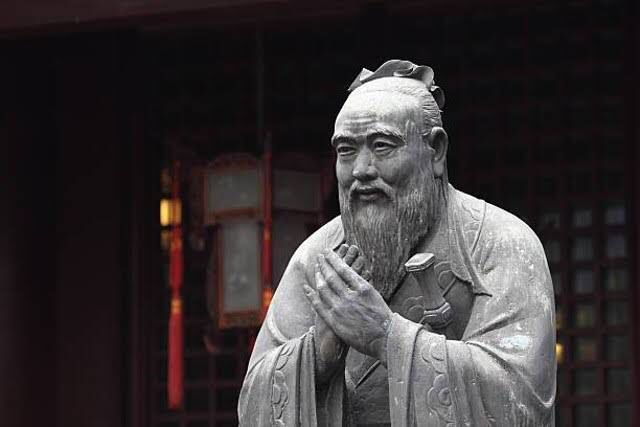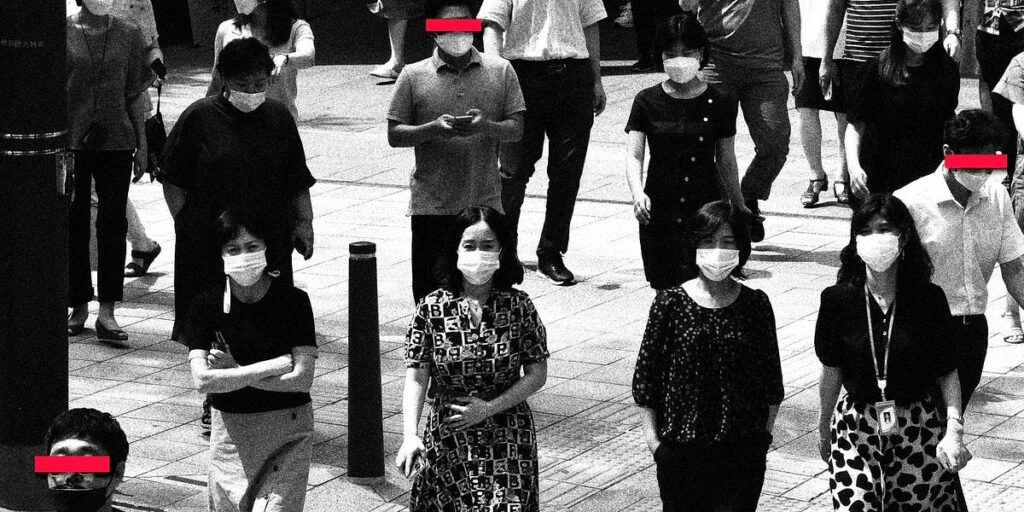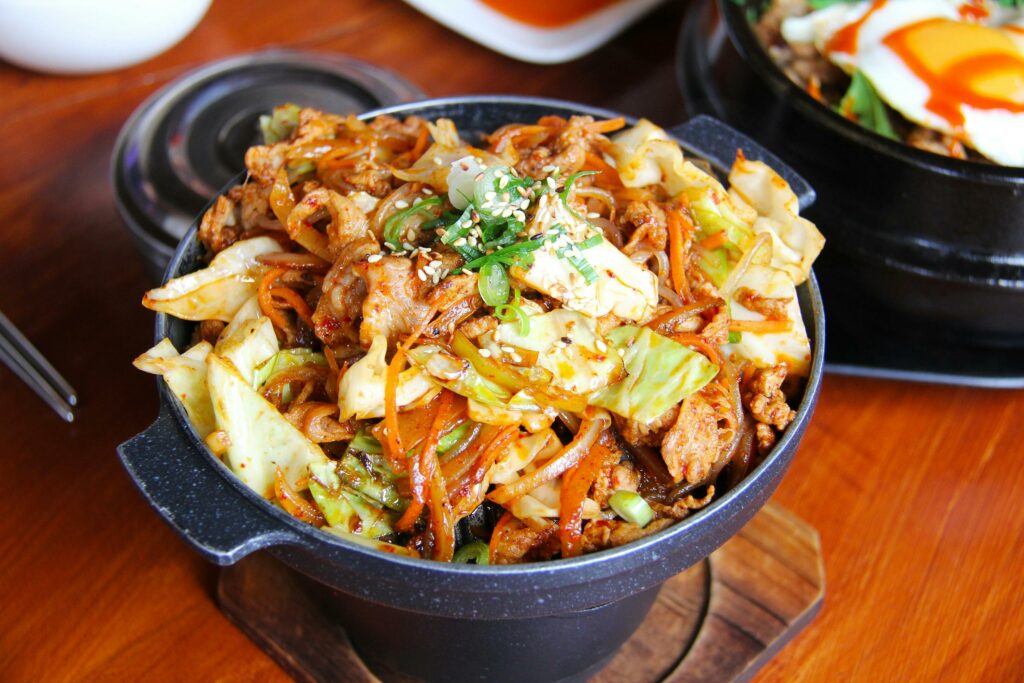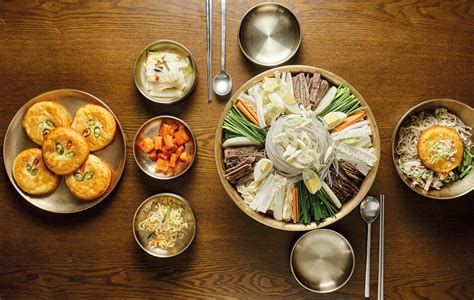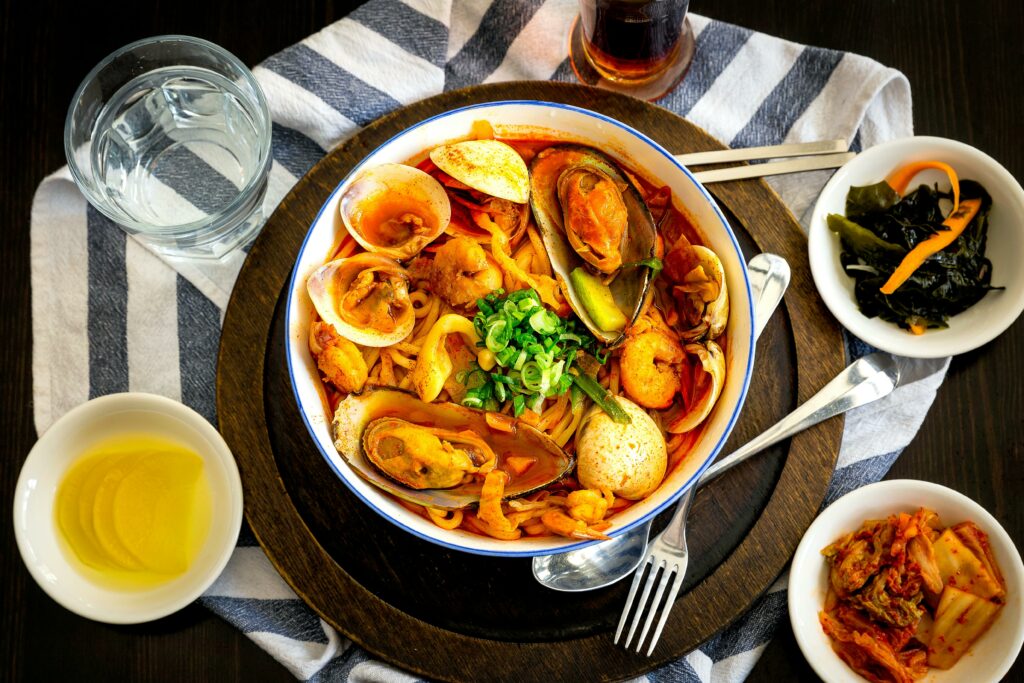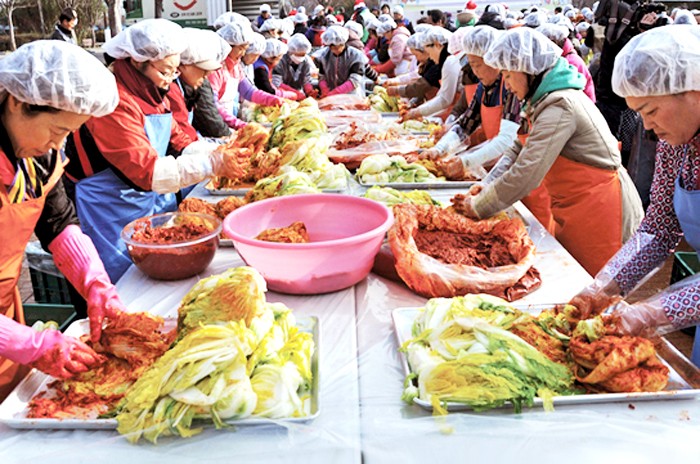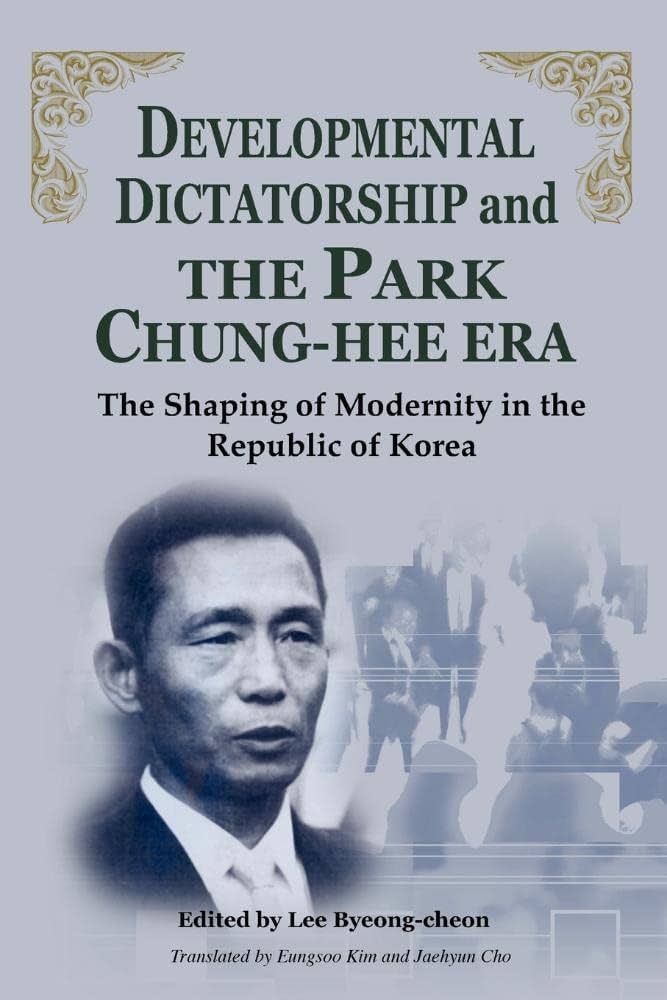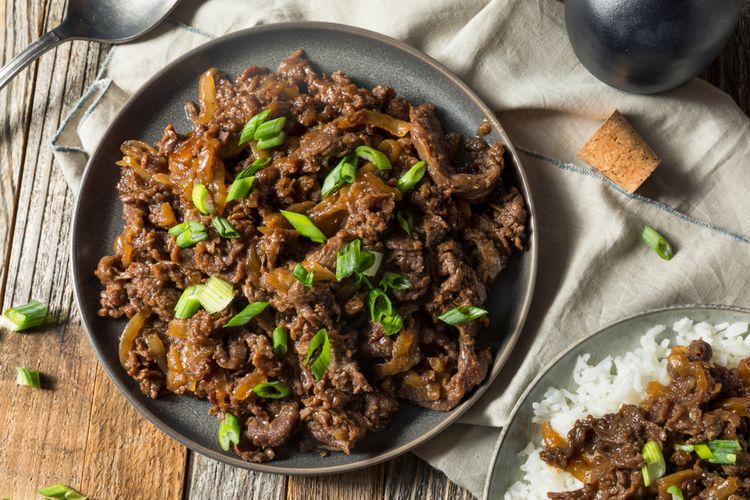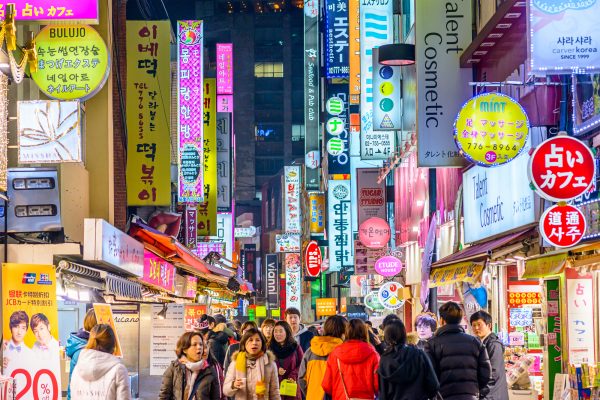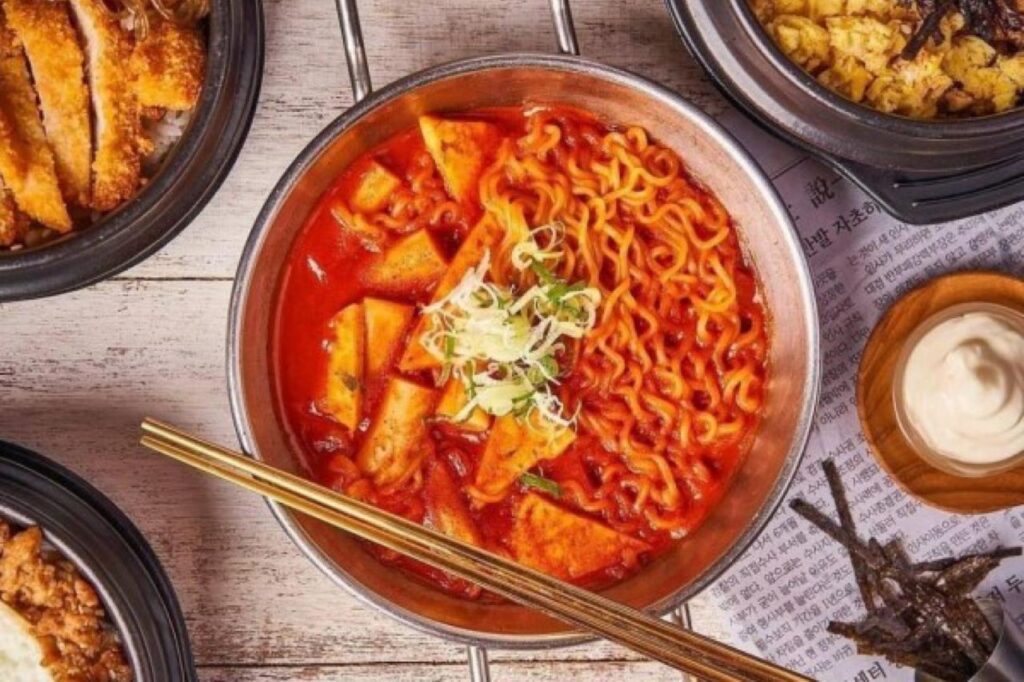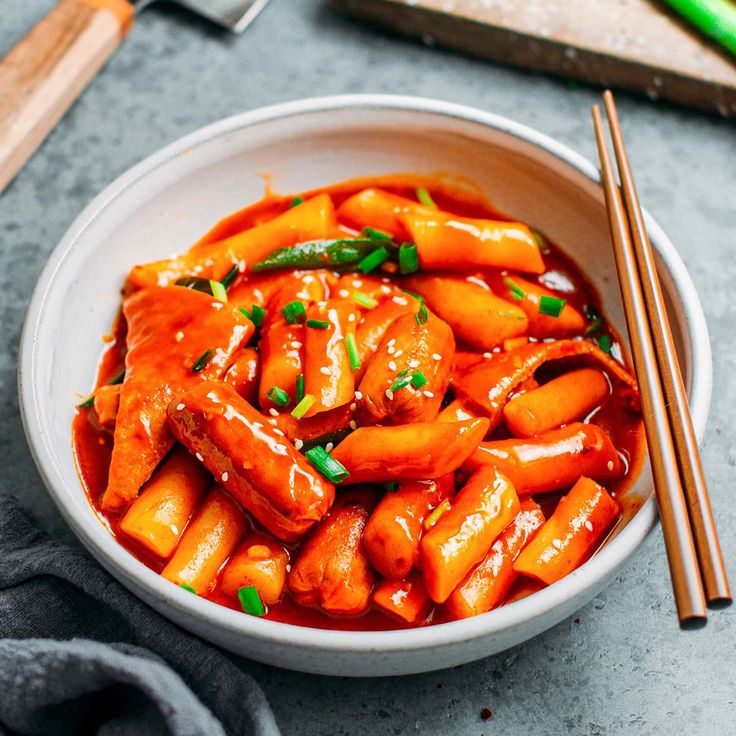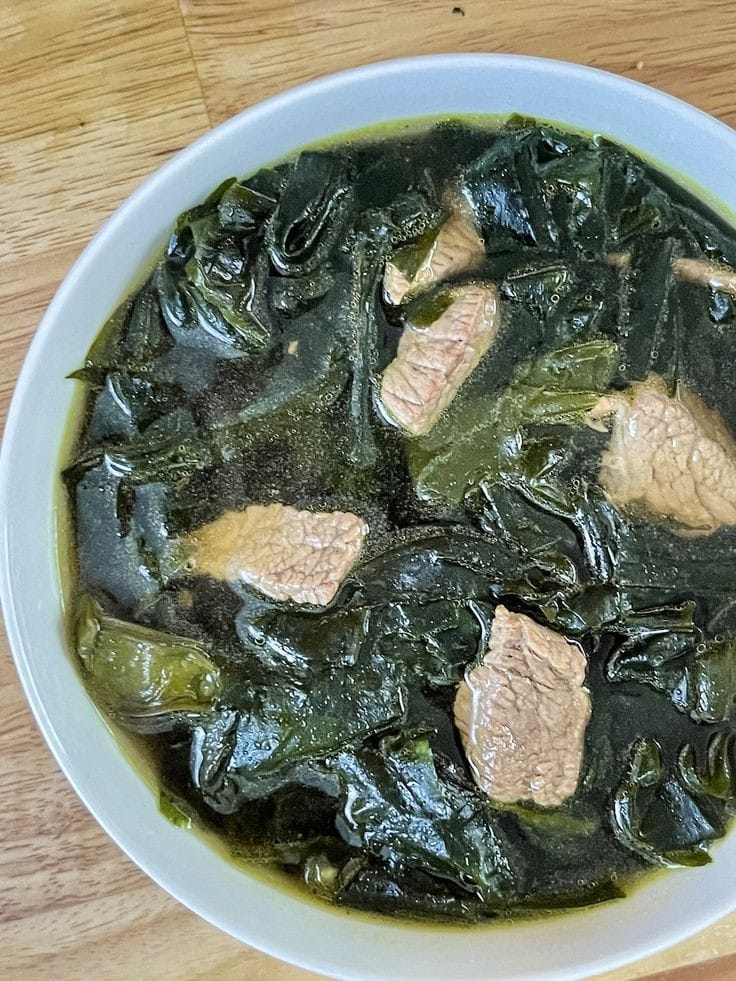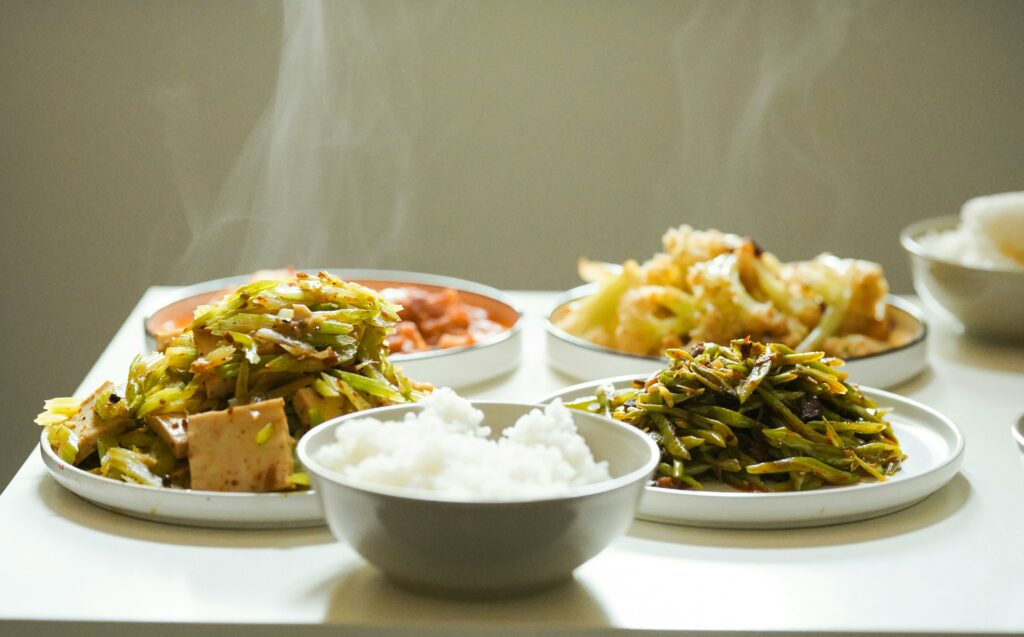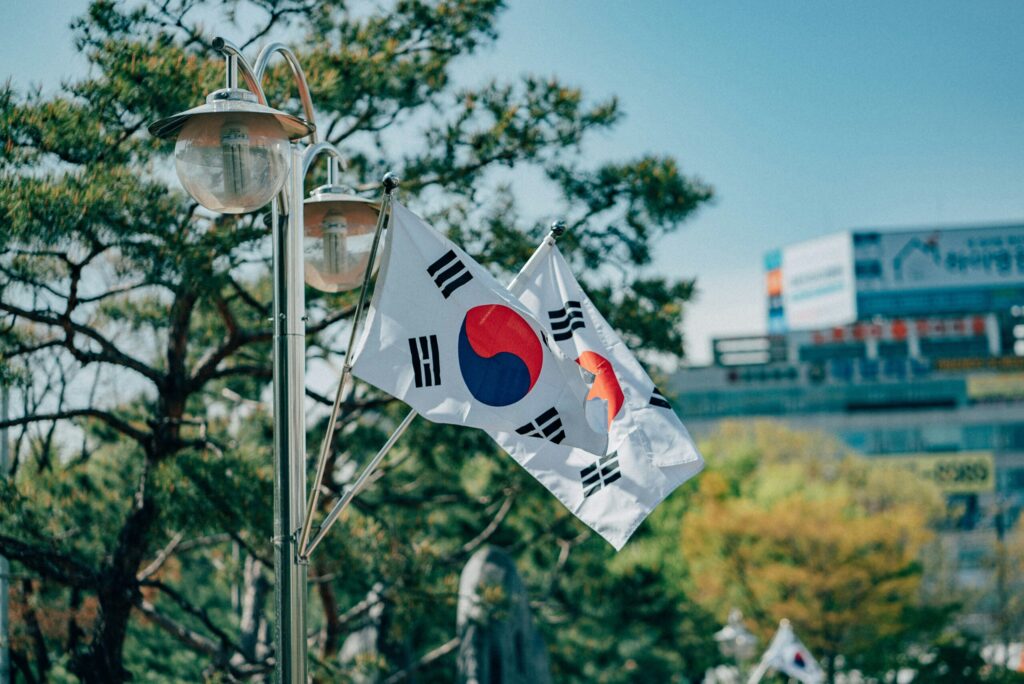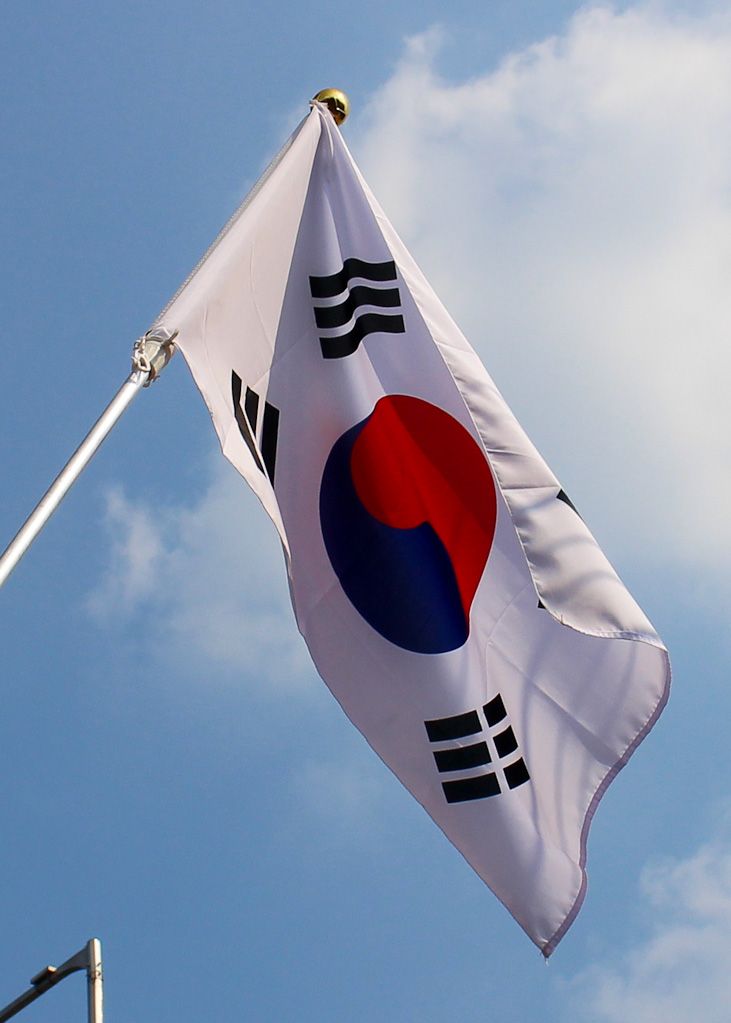Korean Cuisine: Budae Jjigae, a Creative Legacy from Hard Times to a Favorite Korean Dish
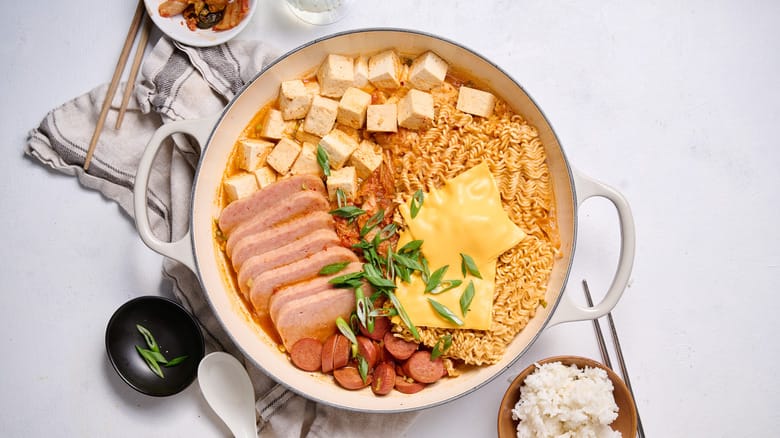
Budae Jjigae, also known as army stew, is a Korean soup known for its salty, savory, and spicy flavors. However, behind its delicious taste lies a history intertwined with its ingredients. Budae Jjigae is one of Korea’s most unique dishes because it contains a historical narrative. This dish emerged due to food shortages after the Korean War and reflects the creativity and resilience of the Korean people during difficult times.
After the Korean War ended in 1953, Korea faced severe economic hardship with significant food shortages. The war, which killed around 5 million people, half of whom were civilians, had a profound impact on the economy and social life of both countries. Millions of civilians were injured, lost their homes, were separated from family members, and were striving to rebuild their lives while searching for hope.
To survive, the people living near American military bases in Korea found and used unfamiliar ingredients such as sausages, cheese, canned meat (spam), ham, and baked beans. These ingredients came from the surplus food supplies of the American soldiers. To cope with the food shortage, Koreans began to combine these ingredients with traditional Korean elements like kimchi, tofu, and gochujang (chili paste). From this improvisation, budae jjigae was born—a dish that blends flavors and ingredients from two different cultures, American and Korean.
Budae jjigae is a flexible dish that can be adjusted according to taste and ingredient availability. It is perfect for any occasion, whether it’s cold weather or just a family gathering. Many people often cook this dish themselves because its ingredients are easy to find, such as:
– Sausages
– Spam or canned meat
– Ham
– Kimchi
– Tofu
– Gochujang (chili paste)
– Instant noodles
– Vegetables like onions, green onions, and cabbage
– Rice cakes (tteok)
– Baked beans
The preparation of budae jjigae is quite simple. All the ingredients are put into one large pot and cooked together with water or broth until boiling and all the ingredients are cooked through. The spiciness from gochujang and the sourness from kimchi provide a strong and distinctive flavor to this dish.
Over time, budae jjigae has evolved into a more varied and increasingly popular dish. Adding instant noodles, vegetables, and different types of meat enriches its taste. Today, budae jjigae is no longer seen as a food from times of scarcity but as a delicious and nostalgic dish. Budae jjigae has also become a symbol of Korean creativity and resilience. This dish reminds us of humanity’s ability to adapt and create something new from limitations.
Currently, budae jjigae can be found in many restaurants in Korea and has become a favorite food, not only among locals but also among international tourists. This makes budae jjigae a tool of public diplomacy to introduce Korean cuisine to people outside Korea. More than just a dish, budae jjigae is a symbol of harmonious cultural fusion. The combination of ingredients from American military bases with Korean culinary elements demonstrates how two different cultures can unite to create something special. Budae jjigae teaches us that from limitations and hardships, something delicious and valuable can emerge. Budae jjigae is tangible proof of Korean creativity and indomitable spirit. From the difficult times post-Korean War, this dish has evolved into a culinary pride that unites two cultures and offers a unique and satisfying taste. For anyone tasting budae jjigae, this dish not only serves deliciousness but also the inspiring history and story behind it.


 Indonesia
Indonesia 